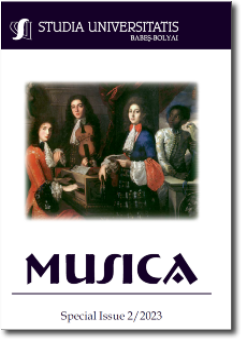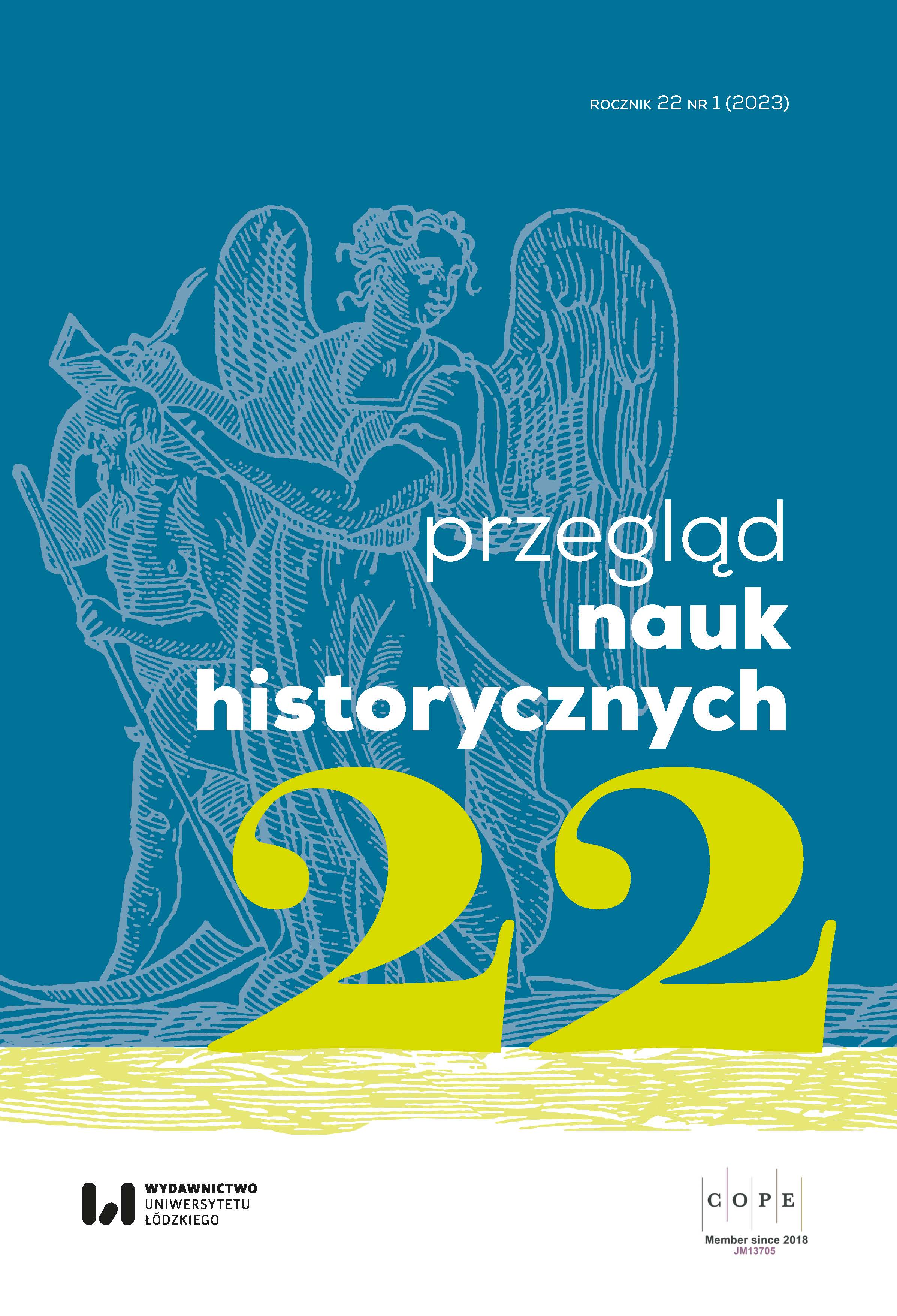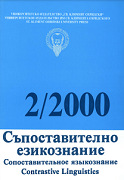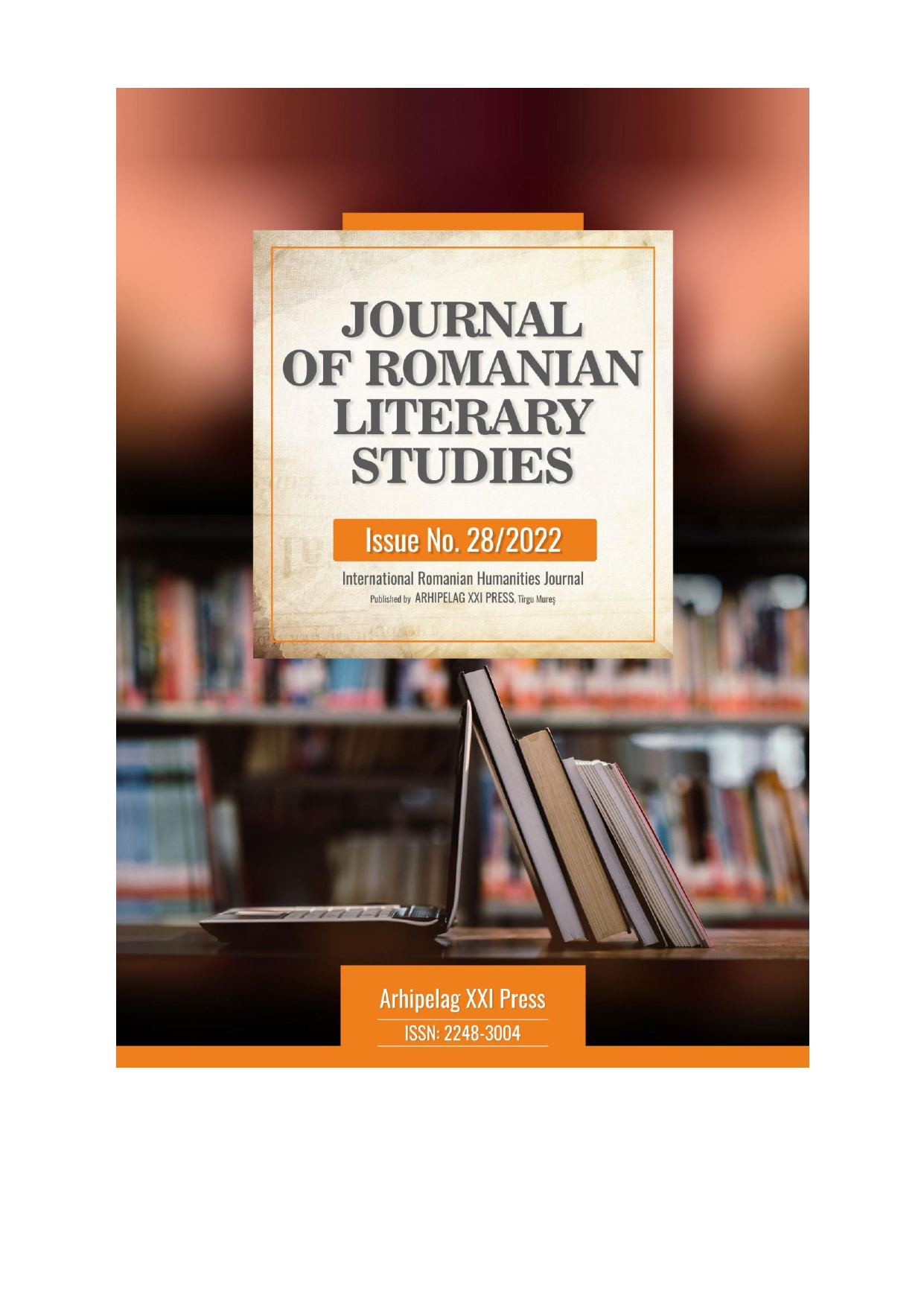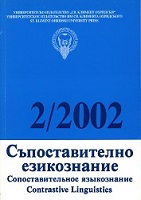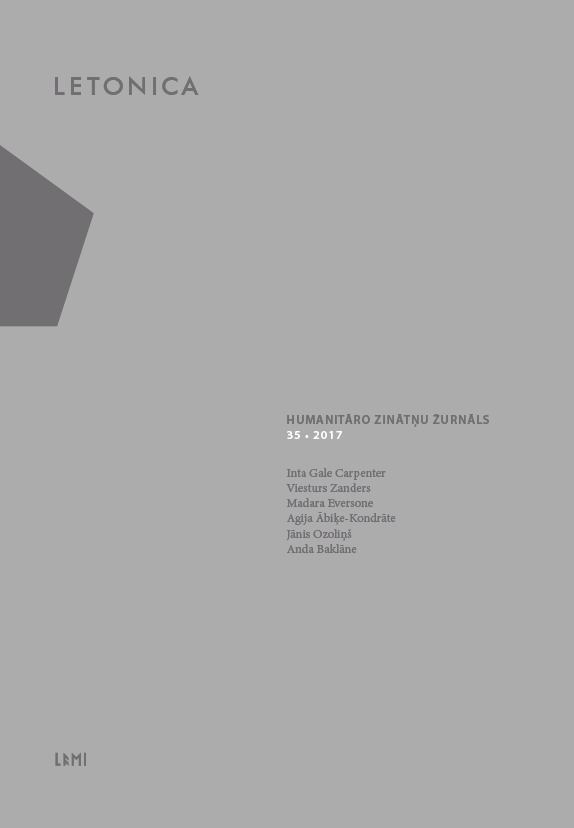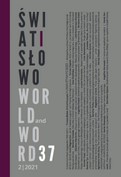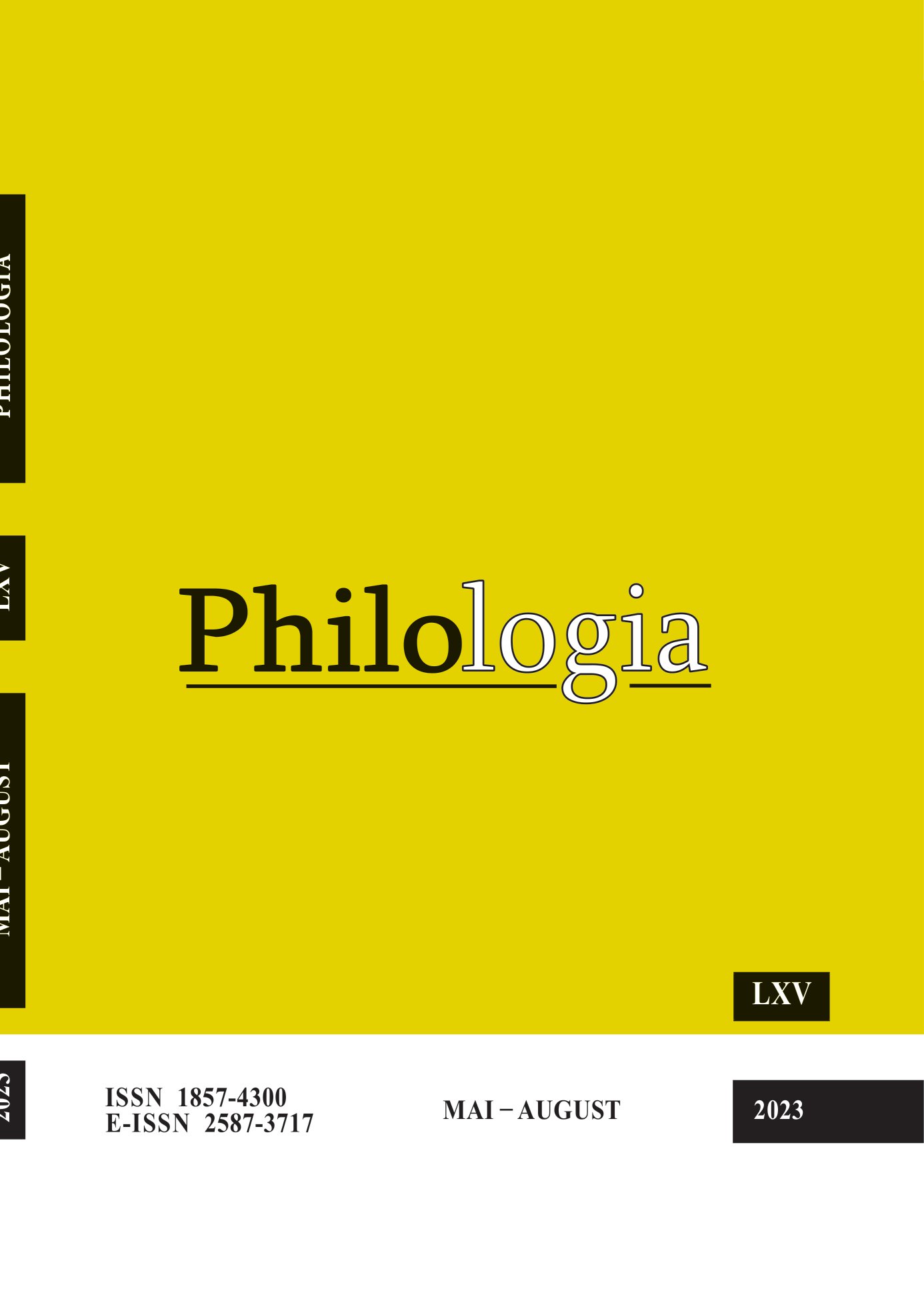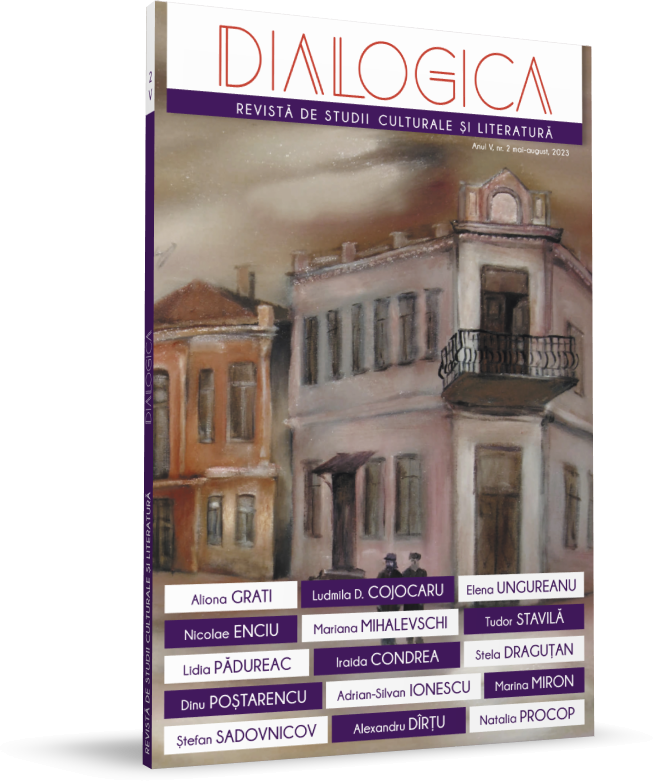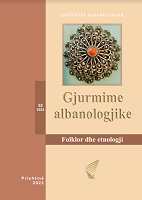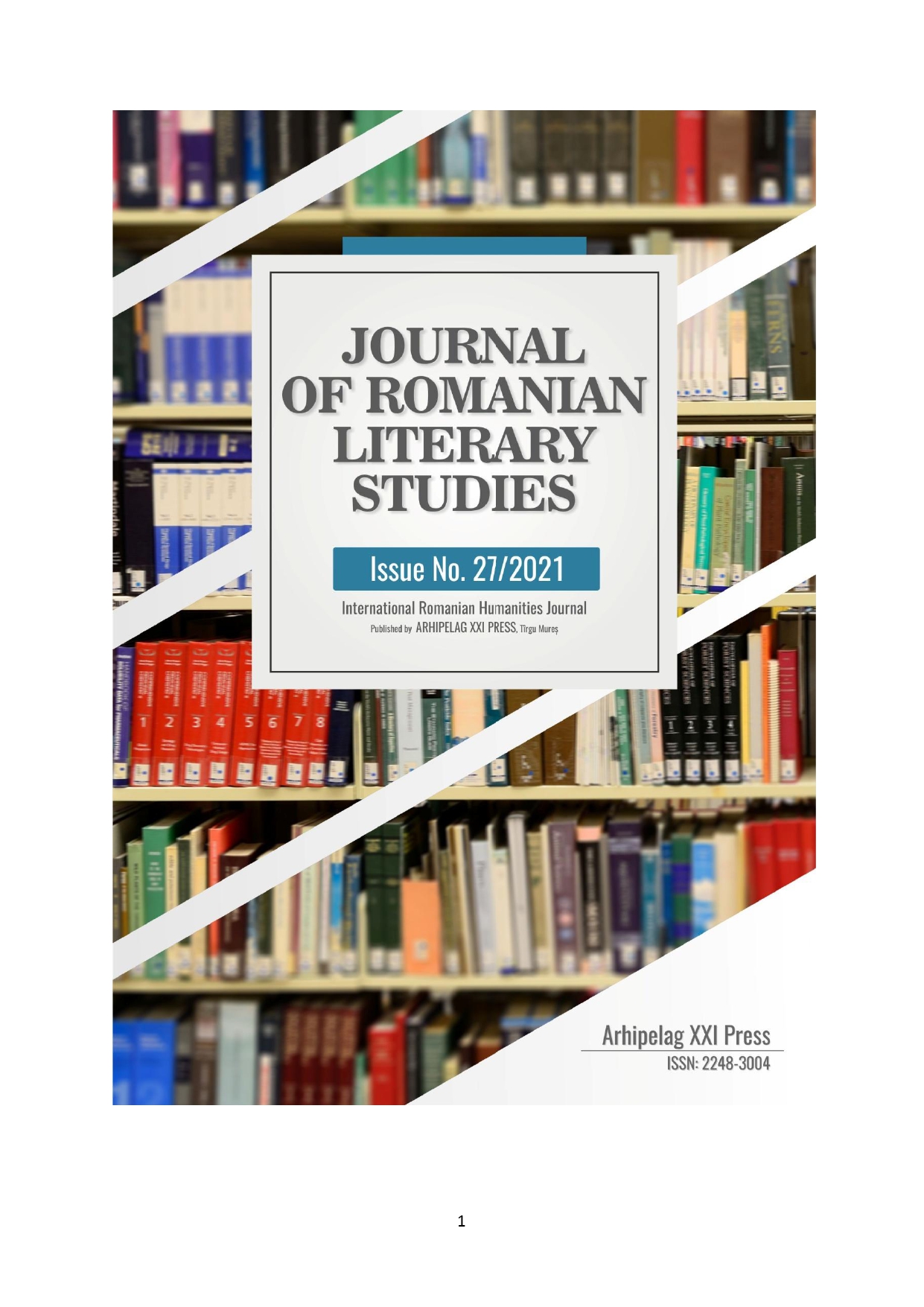
INCANTATIONS BETWEEN TRADITION AND MODERNITY
The incantations occupy a place of reference from a cultural point of view, because they represent a primary area of the Romanian spirituality, an apotropaic way or a means by which a person from the traditional society was allowed to communicate with forces which were beyond him. All the future cultural branches and all the manifestations derive from magic. In the poetry and practice of the incantations predominate factors that speak of ancient magical beliefs in man's attempts to subdue the powers of evil with the help of words or non-words like gestures and mimicry. The incantations or the magical language have two different valences: the spell, which is beneficial, and the curse, which has an evil purpose. In ancient times it was significant to know how to perform incantations because the common man was convinced that disease, whatever gravity it had, could be banished by incantations or exorcism. So, the archaic mentality highlights unity only to the extent that it is revealed as sacredness.
More...
